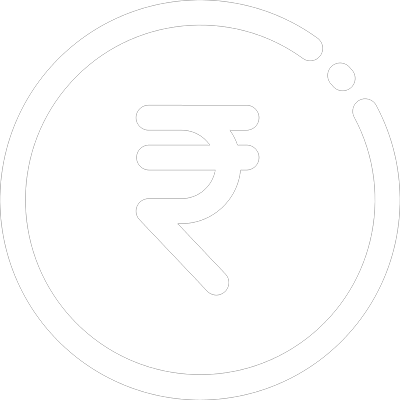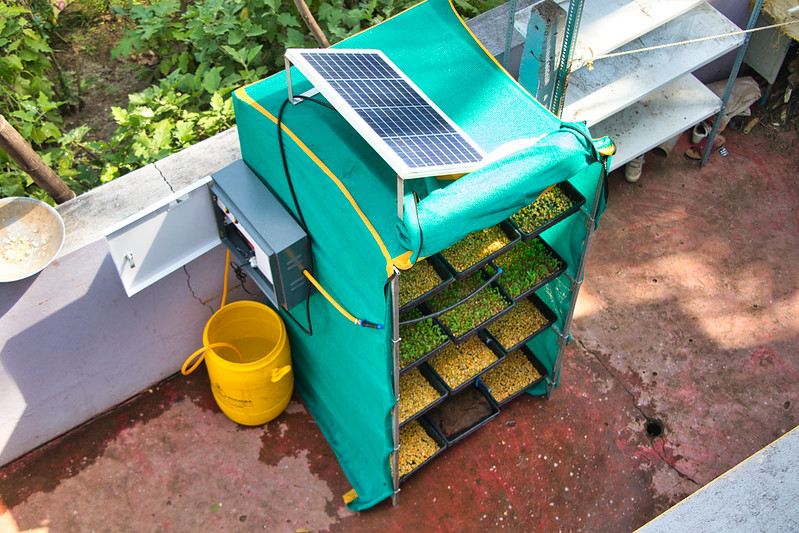Background
There are 80 million dairy farmers in India, out of which 40.5 million are small marginal farmers (Outlook India, 2023). They are facing a shortage of green feed due to prolonged droughts and reduced water availability. During summer there is a shortage of green feed which is essential for the nutritional needs of the cattle. The grass in grazing commons and open land dries out and the requirement of green feed is fulfilled by growing greens in the agricultural lands. However, farmers with small or no land holdings rely on feed available in the market which has high levels of urea impacting both the health of cattle and the quality of the milk. It also leads to a decline in the quantity of milk.

Income loss due to feed shortage
Shortage of feed is in the form of income loss due to the limited quantity and poor quality of the milk produced. However, in the long term, it also impacts the health of the cattle leading to loss of the cattle itself. The poor quality of milk with high urea content affects people consuming it adversely.

Changing climate is making it worse
Rising heat leads to a decline in soil moisture content and eventually holding capacity of organic matter which intensifies the problem by further reducing the availability of green feed.
Solution
Hydroponics is a method of growing plants in a soil-less environment, using a nutrient-rich water solution to provide all the necessary nutrients for plant growth. Solar-powered hydroponics systems uses electricity to power pumps and fans that circulate water and air within the hydroponics system
Impact
1. It substantially reduces the input cost from 80 rs/day to 40 rs/day for small and marginal farmers
2. It helps in improving cattle health which further improves the quality and increases the quality of milk produced.
A hydroponic setup provides more nutrition for cattle, improving health and increasing dairy yield by more than one liter per day per cattle. It also contributes to increased fat content in milk resulting in higher income levels per litre.
Building Climate Resilience
Mitigation
A total quantity of 80,000,000 MT of feed is required per year to feed India’s cattle which if replaced with decentralised solar powered hydroponics units, can reduce 14,310,495,733.333 kWh of energy units per year. This has a GHG mitigation potential of 344.45 kgCO2e/unit/year.
Adaptation
The hydroponics system provides green feed while utilizing only 2-3 litres of water per day. It also provides nutritious feed and does not require the farmer to have land holdings.
